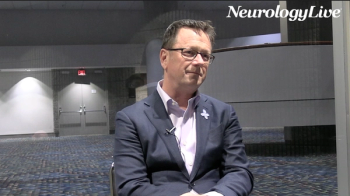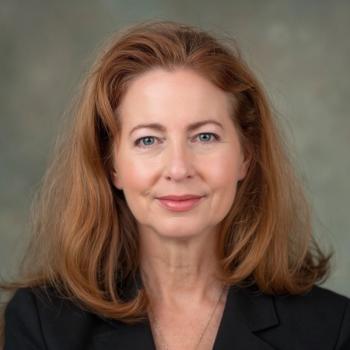
High Density of Patients With MS in Midwest Driven by Unknown Environmental Factors
A large number of patients with MS were clustered in an area that may have had high exposure levels of aluminum, which the study investigators noted warrants future research.
In an analysis examining ZIP codes of individuals with multiple sclerosis (MS) in Wisconsin, investigators found disproportionate clusters of patients, not only near the single large academic center used for reference, but in areas further away that could not be explained solely by proximity.1
To explore the influence of environmental exposures in MS, investigators collected patient records of those diagnosed with MS who live in southeastern Wisconsin and were within the Froedtert Hospital and Medical College of Wisconsin Health. The 2010 US Census ZIP Code Tabulation Area data were used to compile populations of patients by ZIP code, while heatmaps generated by Microsoft Excel were used to calculate total patients with MS, patients with MS per 100,000 population, and Wisconsin population by ZIP code.
For senior author
Within 100 km of the MS center, the density of patients with MS per 100,000 population was 240. In the same distance, disproportionalities were observed in patient density when compared with total population data. The 20 areas with the highest MS densities—described per 100,000 patients—by ZIP codes within 100 km of the MS center were as follows:
READ MORE:
One such ZIP code—53095—stuck out to investigators, as they noted a high density of patients in that area, which had a major aluminum factory in operation until 2001. A notable 2020 study compared patients with Alzheimer disease, MS, and autism, and found significant increases of aluminum in all 3 of these diseases compared with controls. The aluminum content of 191 tissue samples was invariably low with over 80% of tissues having an aluminum content below 1.0 ug/g dry weight of tissue.2
There have been several identified environmental factors that contribute to the risk of developing MS, including geographic gradient. A recently published MSBase registry study of over 75 centers across 26 countries identified a significant nonlinear association between MS severity, measured by MS Severity Score, and latitude. In that study, accrual of disability was faster among those with
REFERENCES
1. Porwal MH, O’Dell S, Finnessy D, Obeidat AZ. Disproportionate residence of patients with multiple sclerosis in southeast Wisconsin: a clue to environmental factors? Presented at: CMSC Annual Meeting; June 1-4, 2022; National Harbor, MD. Poster: Whitaker Research Track
2. Exley C, Clarkson Z. Aluminum in human brain tissue from donors without neurodegenerative disease: a comparison with Alzheimer disease, multiple sclerosis, and autism. Scientific Reports. 2020;10:7770. doi:10.1038/s41598-020-64734-6
3. Vitkova M, Diouf I, Malpas C, et al. Association of latitude and exposure to ultraviolet B radiation with severity of multiple sclerosis: an international registry study. Neurology. Published April 11, 2022. doi:10.1212/WNL.0000000000200545
Newsletter
Keep your finger on the pulse of neurology—subscribe to NeurologyLive for expert interviews, new data, and breakthrough treatment updates.


































